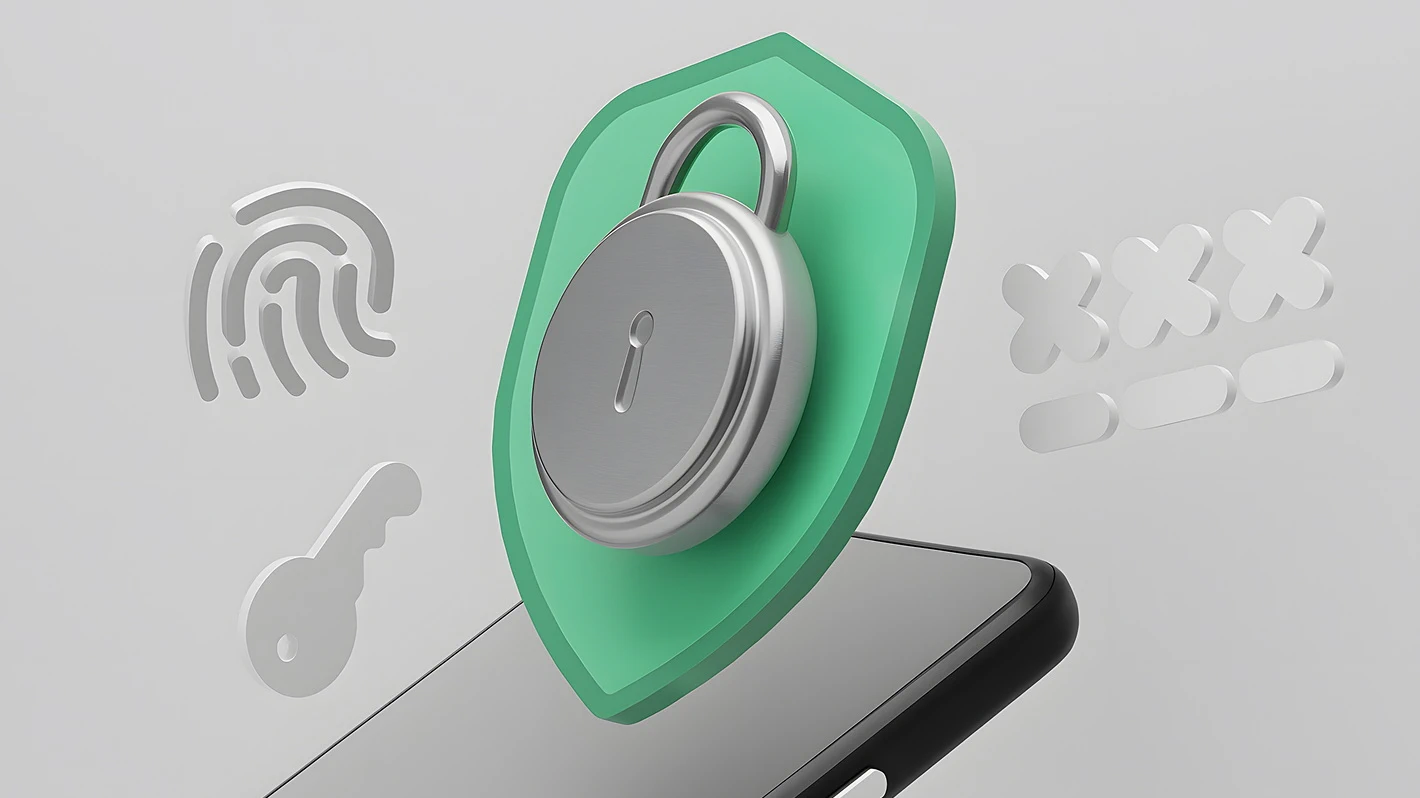Digital technologies have made life easier for everyone. They’ve also made it easier for people to research products online and purchase from digital retailers. However, consumers are now accustomed to low-effort purchase experiences—like the one-click ordering offered by online giant Amazon. They expect speed and convenience everywhere they shop online and may be less inclined to stay loyal to companies that don’t provide streamlined purchase experiences.
While you may not need Amazon-level efficiency to impress your customers, you still need easy shopping and purchasing experiences to motivate people to buy. Unfortunately, high-effort experiences are too common and can lead to people abandoning carts or even defecting to competitors.
This is a frequent challenge for digital retailers, but one you can address with the right tools and technology. Understanding how high-effort interactions affect the customer experience is a good first step. You can also learn about an essential metric—the Customer Effort Score (CES)—and how to put it to use for your business.
The Link Between Customer Effort and Abandoned Transactions
When it’s not easy to buy from you, customers may give up and go to a competitor. This results in an abandoned transaction, which happens when a user lands on your site, adds a product to their cart but doesn’t complete the purchase. Shoppers may even go through part of the checkout process before abandoning the transaction.
Abandoned transactions are a big problem for businesses everywhere. On average, customers abandon over 69% of all transactions across all industries. Mobile users have an even higher abandonment rate of 85%. What’s more, eCommerce brands experience an average abandonment rate of 80%, with some sectors approaching 90% cart abandonment.
High-effort experiences make it harder for the user to go through the checkout process and fill out their information, causing friction in the buyer’s journey. Several aspects of the checkout process can increase customer effort, including:
- The loading speed of the page
- The number of form fields
- The number of checkout tabs
- The need to re-enter payment or address information or addresses
- Difficulty entering personal information
Research firm Statista analyzed different factors affecting cart abandonment, which revealed:
- 49% of consumers abandoned their carts because of high added costs (shipping, taxes, etc.)
- 24% of consumers abandoned because they were required to create an account on the site
- 18% abandoned because the checkout process was too complicated or too long
- 17% abandoned because they didn’t see the total costs upfront
- 7% said the site didn’t provide enough payment options
What’s the takeaway? Every factor that drives up customer effort can drive down conversions. That’s why it’s essential to know how much effort people expend when they engage with you and look for ways to make it easier to buy.
Measuring Customer Effort Is Essential
The Customer Effort Score is a survey question that measures how easy it is for a customer to interact with your business and accomplish their goals. CEB Global Research (now part of Gartner) developed CES in 2010 after several studies showed the effects of reducing effort in the user experience.
One recent Gartner study found that 96% of customers that experience a high level of effort become disloyal compared to only 9% who have a low-effort experience. So it’s crucial that you measure the effort your customers need to put in to convert on your website or use your product.
The CES survey involves a variation of the fundamental question: “To what extent do you agree or disagree with the following statement — the company made it easy for me to handle my issue.” The survey asks respondents to answer this question using a numeric scale, with one (1) being “strongly disagree” and seven (7) being “strongly agree.”
Often, CES surveys include a second, open-ended question that asks the customer to elaborate on why they gave the score they did. This qualitative feedback is immensely valuable because it alerts companies to potential areas for improvement.
According to Gartner’s analysis, 94% of customers with low-effort interactions intend to purchase, compared with only 4% of customers with high-effort interactions. Also, Gartner found that effort interaction costs 37% less than high-effort ones and can decrease up to 40% of repeat calls, 50% of escalations, and 54% of instances where customers get frustrated with self-service and switch the support channel that they’re using.
The bottom line is lowering effort is a win for customers and your business.
Customers Need Easy Access to Digital Customer Support
After measuring your CES, you may need to make it easier for your digital customers to engage with you. Improving your digital customer service may be the answer. When customers can access prompt digital service from a knowledgeable professional, they can get the information they need to complete purchases with ease.
Your customer support team needs to be available on all the various channels customers use to communicate issues and ask questions. That could include live chat on the site, social media channels (Twitter, Facebook), in-app messages, Facebook Messenger, text messages (SMS), email, or phone. Businesses that use multiple channels to communicate with their customers need a versatile support team that can deliver top-tier service through each of these channels.
Each business requires industry-specific training for its support agents. For example, software-as-a-service (SaaS) and tech platforms may require more technical support to serve their audiences, while travel companies may need their support team to be well-versed in the cheapest travel and hotel deals. In industries that rely heavily on supply chain coordination, agents may also need to understand systems like EDI integration to assist with order or inventory-related queries.
It can be expensive and time-consuming to ramp up a customer service team in-house with the specialized experience you need. However, you can outsource digital customer service and leverage professionals who have industry-specific expertise and the know-how to navigate an array of customer interactions across every contact channel.
Deliver Low-Effort Interactions and Quality Experiences
In today’s digital environment, it’s easy for customers to take their business elsewhere if they have a less-than-ideal experience with a company. This scenario can result in high cart abandonment rates and missed sales opportunities. Using the Customer Effort Score can let you know if shoppers find it difficult to find information on complete transactions on your website.
If you find your customers are expending too much effort when they engage with you, improving customer service can be a smart solution. You need a top-notch customer service team that’s well-versed in the various support channels you use and has expertise in your products and services. Instead of building up a service team in-house, partnering with a proven outsourcing provider like Helpware can be an efficient, cost-effective solution.
At Helpware, we know that every business is unique, so a one-size-fits-all approach to a vital function like retail customer service isn’t likely to produce optimum results. Our unique, concierge-quality customer service model ensures you get the exact right mix of experts that know how to serve your customers.
By offering 24/7 support via email, phone, chat, social media, and any other support channels your business uses, we can ensure your customers have an always-on link to you. We also offer support in over 25 languages and can grow with your company as you expand to new markets around the globe. Partnering with Helpware gives you access to world-class customer support that can propel your business to new heights of success.












